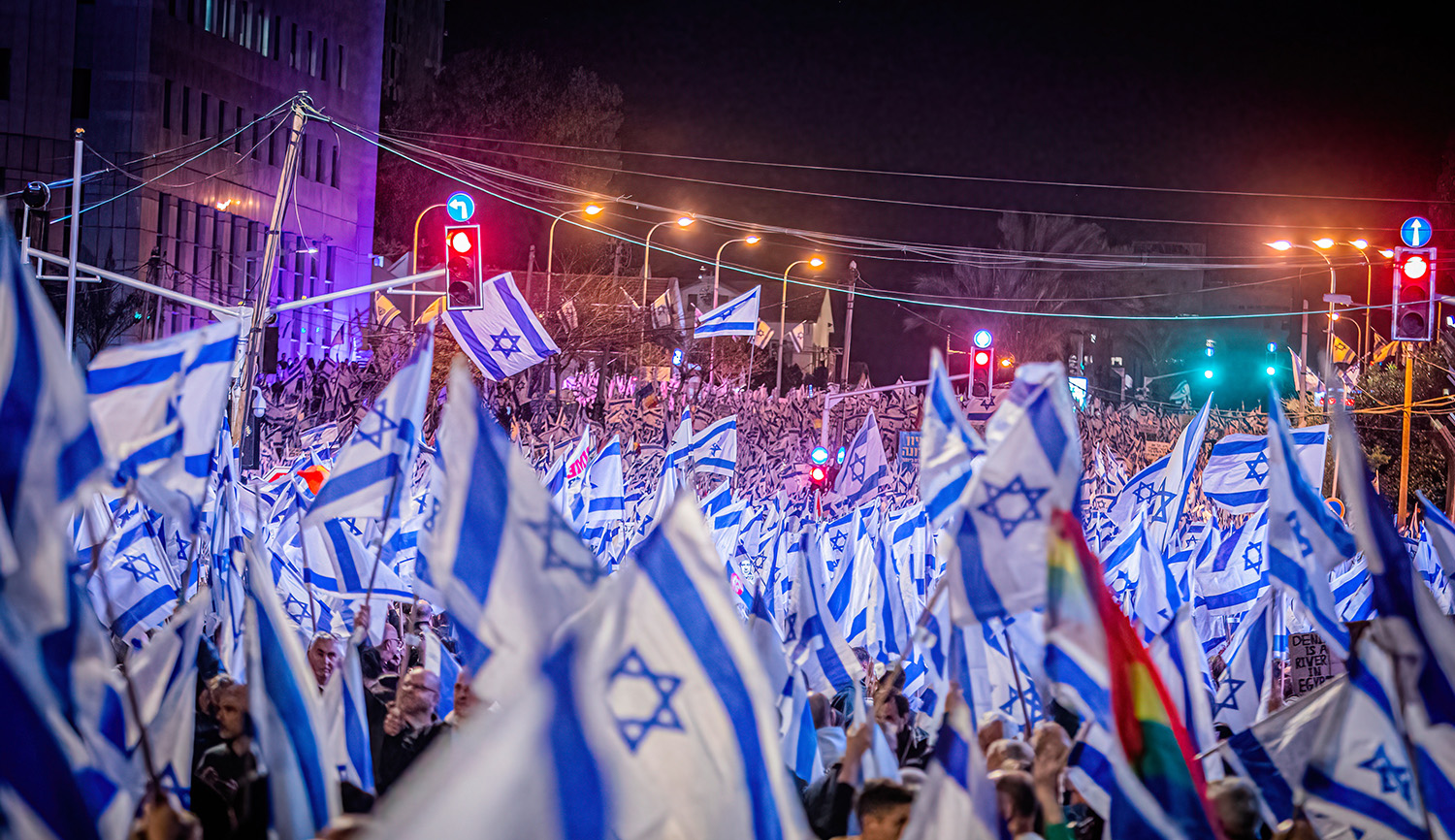In a detailed study of the Israel Defense Force’s size, structure, and capabilities, Kenneth Brower traces its development from the underequipped fledgling army of 1948 to the technologically sophisticated and much-feared military of today. But, Brower argues, in the past decade the IDF has become too focused on counterterrorism and urban warfare and too reliant on defensive, high-tech systems—like its Iron Dome air defenses—at the expense of conventional capabilities, and it thus may not be ready for the what lies ahead:
It seems evident that the IDF general staff believes that Israel does not currently face the immediate threat of large-scale conventional warfare with its Arab neighbors but rather the threat of limited warfare by non-state actors in the Palestinian-controlled territories and the neighboring states. . . . It is also obvious that the general staff has concluded that Israel must maintain a significant capability to strike remote enemy states and non-state groups. . . .
As a result of meeting [such] near-term priorities on a limited budget, the general staff has significantly downsized the order of battle of its armored corps and tube artillery and reduced training in large-scale maneuver warfare. It has also unacceptably reduced the combat readiness of its reserve ground units. Unfortunately, what the general staff has done today to meet current priorities will inevitably and irretrievably impact the Israeli . . . order of battle and military capability for up to two decades from now.
No one can possibly predict the future threats that Israel might then face. Some of today’s Arab “friends” will almost certainly face political upheaval and become tomorrow’s enemies. Moreover, Israel today enjoys decisive technological superiority because of its unique ability to exploit evolving digital technology; but there is no assurance of its ability continuously to achieve such superiority in the future. In fact, what the IDF can uniquely deploy today will surely be readily available from the future international arms bazaar.
This [problem] is compounded by the huge procurements by the rich Arab Persian Gulf regimes, which are many times larger than the current annual IDF procurement budget. What fires east can just as easily fire west. A missile system that can intercept Iranian ballistic missiles can also intercept Israeli ballistic missiles. Because of these massive Arab investments in advanced technology, it is doubtful that Israel can continue to sustain it current advantage of overwhelming technological superiority.
[In other words], the Israeli general staff may well have inappropriately overadjusted its priorities to reflect what exists today but which will almost certainly no longer be the case tomorrow. Most importantly, it has simultaneously neglected preparations for large-scale offensive maneuver warfare that might be necessary in the future. The impact of the general staff’s mistakes has been magnified by the decisions of the Israeli political leadership. Their [desire] to construct expensive, brittle border fences and to prioritize ground-based air-defense systems are, no doubt, politically popular, but may well represent a huge misallocation of Israel’s limited financial resources. . . . High-readiness offensively oriented ground forces can be a far better deterrent than . . . fences and air-defense systems that can easily be saturated and that are catastrophically vulnerable to the weapons of the future.
More about: IDF, Israel & Zionism, Israeli grand strategy, Israeli Security


